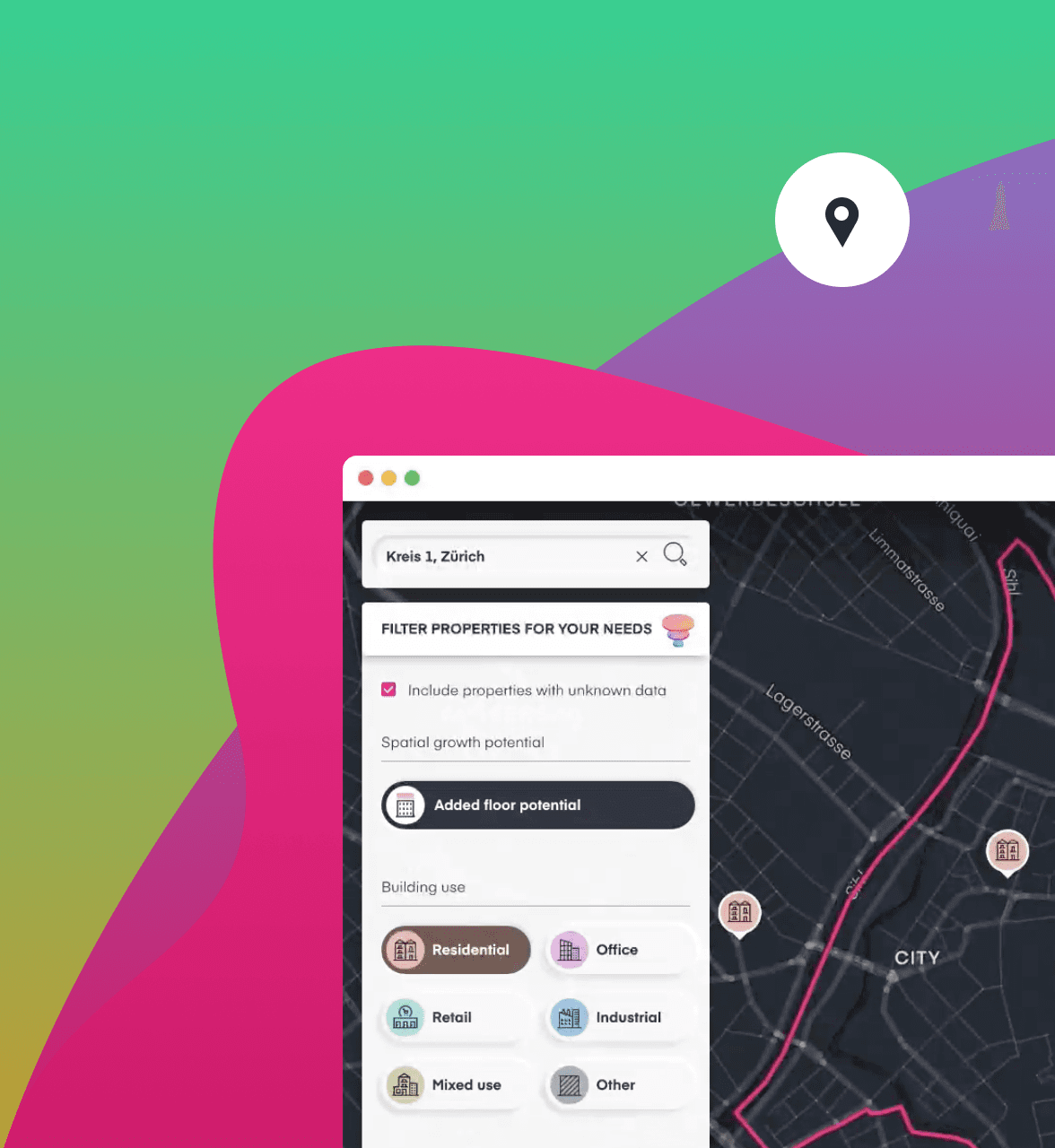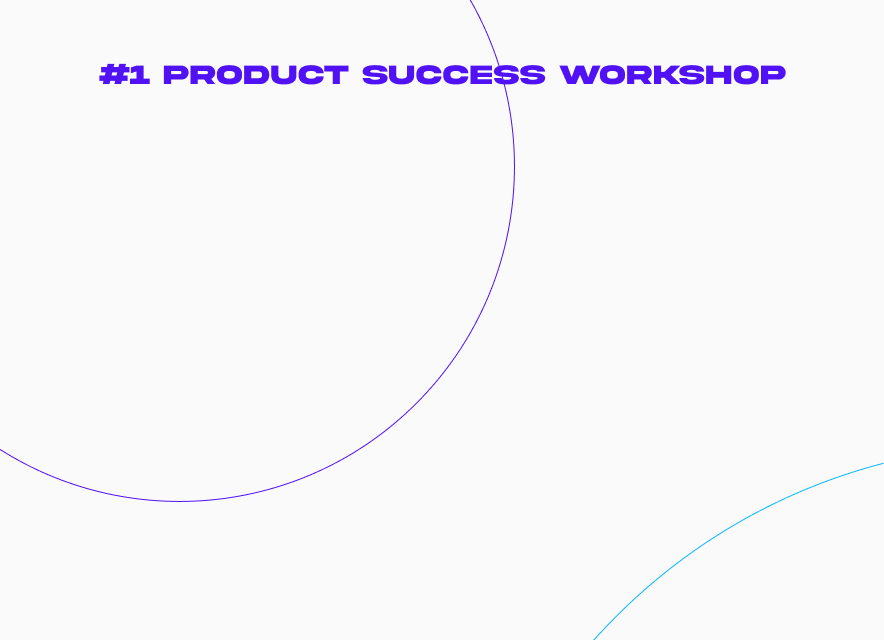Explore our product development process
Product success workshop
Duration: 2 weeks
We help you validate ideas as early as possible to ensure their ultimate success. This starts with documenting the product requirements. After the initial analysis, we proceed to user research, competitor analysis, and rapid prototyping. The idea is to validate the solution before writing a single line of code. Another priority is to identify the possible risks and success metrics, learning how your solution could outcompete the alternatives.
Outcomes: Lean/Value Proposition Canvas, product wireframes, rough roadmap & costs, market research, user personas, solution proposal.
Design & validation
Duration: 4–8 weeks
Product discovery isn't a one-time activity. Our designers and architects work iteratively to detail its every aspect. We focus on testing assumptions in real-world conditions with focus groups and user surveys. This helps to prioritize the key features. A work breakdown structure (WBS) allows the team to estimate the project costs. You can then sign the development contract or take the project to another company.
Outcomes: high-fidelity prototype & testing, solution architecture, WBS, product roadmap, cost estimate, risk mitigation plan.
Development & QA
Duration: 2–4 weeks per iteration
We develop your product using an iterative Scrum approach. Every team member focuses on making the product work instead of delivering this or that feature. You, too, can attend our daily meetings or get weekly status updates. Early validation is still a priority, each iteration ends with a live demo. We also try to collect feedback from real users as early as possible to understand what works and what doesn't.
Outcomes: beta user testing, working features delivered with each iteration.
Launch
A product manager helps you determine an optimal release date. When the launch is set in stone, we help you make the necessary preparations. This includes checklists and training for your staff, service-level agreements, marketing consulting, and setting up all analytical tools. As soon as the product goes live, we start tracking the success metrics and collecting user feedback.
Outcomes: go/no-go checklists, staff training, SLAs, setup of analytics, beta testing, customer surveys, product growth plan.
Product growth
Duration: 2–4 weeks per iteration
Iterative development continues along with user testing until your product reaches the maturity stage. The team fixes any remaining bugs, collects feedback, and manages change. We may involve data analysts to track success metrics and user actions and prepare a next-action plan based on the data.
Outcomes: new features, next-action plan, product optimization.
Support and maintenance
You can delegate the support to another team or stay with MindK. This phase usually lasts until the product must be retired or improved to stay relevant.








